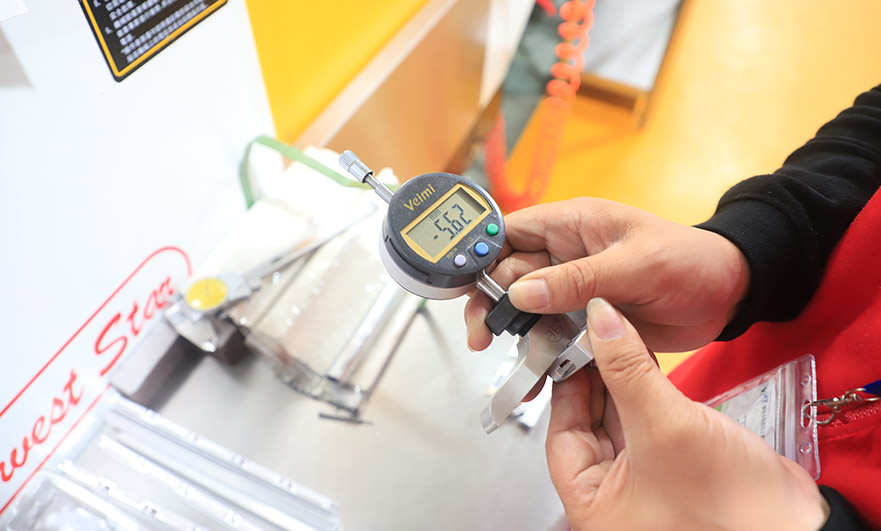15 years one-stop China custom CNC machining parts factory

Hey there I’m VMT Sam!
With 25 years of CNC machining experience we are committed to helping clients overcome 10000 complex part-processing challenges all to contribute to a better life through intelligent manufacturing. Contact us now
 185 |
Published by VMT at Aug 27 2021
185 |
Published by VMT at Aug 27 2021
The dimensions of CNC machined parts have a certain degree of precision, which specifically refers to the fine tolerances during production, usually in micrometers or millimeters. In order to do better, computer-aided design and CNC turning and milling are generally used to complete precision machining.
The size of some CNC machining parts needs to be considered for the purpose of the parts, and some products are beyond the scope of the equipment, and the accuracy is difficult to meet the requirements. Due to changes in the environment and materials, it is difficult for us to achieve the nanometer range with controllable tolerances of CNC machined parts in production and processing. Such as CNC machining, die casting, 3D printing, etc.
When machining parts by CNC, the higher the dimensional precision of the parts, the more expensive the price and cost. In order to let everyone know what are the factors that affect the tolerances of CNC machining parts? According to the different usage scenarios (purposes) of the parts, the tolerance standards of CNC machining parts are also different, and at the same time, unnecessary CNC machining costs are saved.
How Big is the Unit of Calculation?
The micrometer (㎛) we often mention is actually a unit of length, symbol µm. One micron is equivalent to one millionth of a meter (10 -6, which is the meaning of "micro"). In addition, in the international standard of ISO 2955, "u" has been accepted as a symbol for the International System of Units instead of "μ" to represent 10 -6.
After the Surface Treatment of Custom Machined Parts, Does the Dimensional Tolerance Affect it?
The general steel surface treatment process chromium plating, galvanization, and blackening will not affect the external dimensions of the custom processed parts. When aluminum is blackened and oxidized, it will have a slight impact on the pores with high size requirements.
Pay attention to controlling the hole size accuracy during processing. Therefore, the surface treatment process has a certain influence on the accuracy of the parts, which can be controlled in the custom machining process. When encountering high-precision non-standard processing custom parts, when the surface treatment process affects the accuracy, the processing volume of the parts is reserved first.

When Determining the Tolerances of Custom Machined Parts, Several Important Iactors need to be Considered:
Materials: No two materials are exactly the same, and some materials are easier to use than others. It is important to consider the thermal stability, hardness and stiffness, and wear resistance of custom processed materials to determine tolerances.
Processing method: The custom processing method used will have a great impact on the final product, because some processes are more precise than others.
Electroplating and finishing: Electroplating and finishing will add a small amount of material to the surface of the part, which will change the size of the custom machined part, just enough to require different tolerances.
Cost: The smaller the tolerance, the higher the process cost. In order to maintain cost-effectiveness, it is important to ensure that the tolerances of custom Gargoy parts are accurate, but not too tight. The smaller the tolerance, the higher the cost, because more settings, longer cycle times, and additional fixtures or special tools are required.
In Conclusion
These 4 factors need to be considered when CNC turning and milling of high-precision parts: material, processing method, surface treatment, cost. Understand the purpose and requirements of customer parts processing, read the recommendations on CNC machining tolerances and what should be considered when determining the tolerance range matter.
Ready To Start Your Next Project?
Get Instant Quote

Request a Free Quote
Send us a message if you have any questions or request a quote. We will get back to you ASAP!